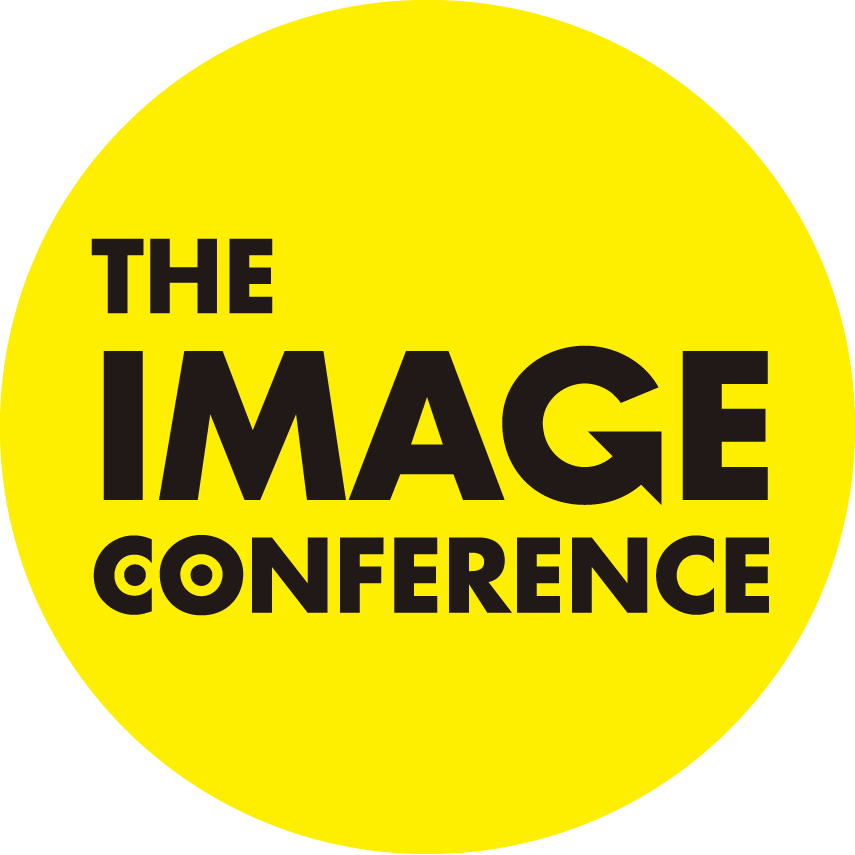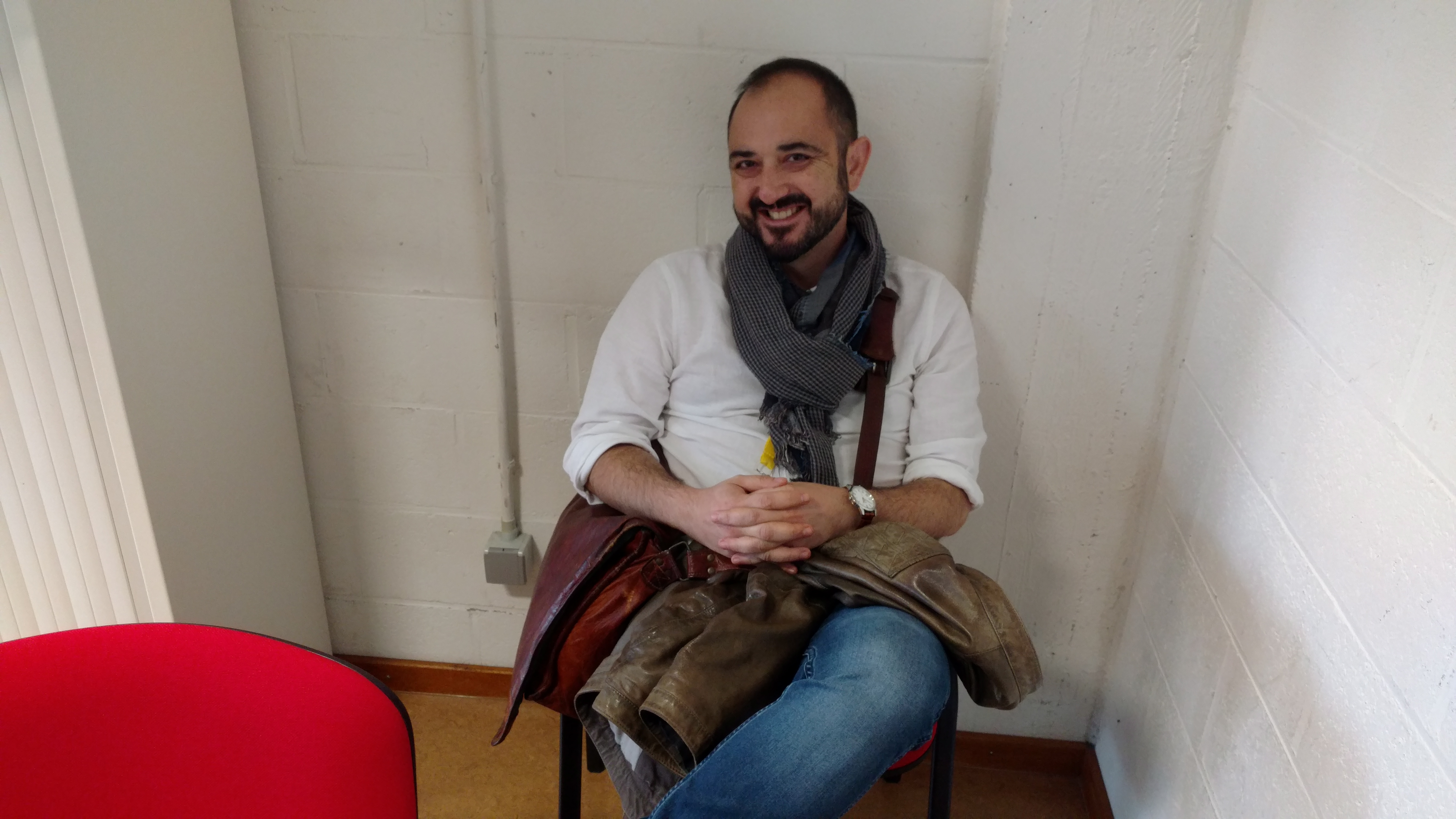
In this article Irene Vlazaki and Hara Papadopoulou’s tell us about their talk “Games and Stories in our languages” at the Image Conference in Athens.
Action research for change
Using action research in Greek primary classrooms is by no means a novelty, however, it still is far from common practice. In a centralized educational system, such as the Greek one, teachers have been expected to work under the subtle rules of the curriculum, whether hidden or not. At the same time, while traditional ELT practices are no answer for an unmotivated and diverse classroom they keep repeating themselves in a vortex of disillusionment and poor results. Strangely enough, although learning English is considered absolutely necessary, learning it in a state school is very often considered a waste of time. Under the circumstances, we decided to put forward a small change using pedagogy in an unconventional yet familiar way. We used English Language Learning as a bridge between languages not to construct homogeneity but a kind of “safe space” or a “contact zone” (Manathunga, 2009) and this is where imagery takes its place together with translation, in order to help our students construct meaning and transfer it.
ELT from an intercultural outlook
In the primary classrooms of the 2nd grade of a primary school in Thessaloniki, N. Greece, based on theory about bilingualism and multilingualism and their profound advantages on cognitive and psychological development of the students (Cummins, 2001, Tsokalidou, 2012) we decided to raise awareness on these issues, using English as a vehicle. At the same time, we included a significant research element that had a twofold scope. Firstly, we drew from theory about invisible bilingualism, a condition where students, who do not originate from dominant cultures, are not given the opportunity to express themselves in their native language and their bilingual skills are underestimated and silenced (Tsokalidou, 2012). Supported evidence also showed that excluding practices, like the above, are not always that obvious “… the actual bilingualism of migrant background children in Greek schools still remains highly ‘invisible’ not only because of the exclusion of migrant languages from the school curriculum and but also due to the dominant school language attitudes, which are largely driven by the pervasive monolingual ideology and its deficit discourse.” (Gkaintartzi et all, 2014). This is where the “deficit” hypothesis emerges “… a monolingual practice, that treats students’ home languages as a problem” (Damanakis, 1997). In that respect, we aimed at revealing and promoting migrant languages as part of the linguistic wealth of the classroom. Therefore, we employed a number of different means and tools, imagery being a prominent one, since we are dealing with very young learners. The second scope of our research, involved opening up the outcome to teachers and parents alike in order to build a more inclusive outlook and establish a practice that will hopefully work as a trigger for change. English Language, has come to be a cultural tool through its various forms and abundance of uses “shaped today in the complex materiality of globality” (Dendrinos et all, 2008). The role of English in the new highly globalised context includes a great amount of controversy namely in relation to the political standpoint of the educators and the use of English as a cultural tool as well as a knowledge medium. Graddol (2006) notes that “the learning of English appears to be losing its separate identity as a discipline and merging with general education.” Pennycook (2008) on the other hand urges educators to be “translingual activists” when practicing ELT. “If students are to enter the global traffic of meaning, translation needs to become central to what we do”. In our approach we used translation, games, narrative, mother languages and images to steer ourselves in the “traffic of meaning”
Imagery
We used imagery in a multiple ways in order to “design semiotically apt environments” (Kress, 2017). These ways included, a treasure hunt game, constructing kites which were transformed into multimodal texts, creating a passport and a ticket and focusing on the textual as well as non-textual elements, drawing a tiny, multilingual digital dictionary with distinct multimodal characteristics and finally an original fairy tale. The latter, created exclusively by Hara Papadopoulou for the purpose of the project, and since then gained its independence, was narrated in a way that promoted interactivity with the use of realia and body movements. As a result, it inspired students and teachers, who added to it life, through illustration and was finally enriched and uploaded as a digital book. Our aim was more on the pedagogy than on the cognitive level namely to enhance a critical approach by setting the context of the classroom around issues of representation, relevance, purpose and connections. (Donaghy & Xerri, 2017) The outcome of the project was made accessible and open to the class community precisely because of its orientation on image comprehension and production. It made the students amazingly happy and helped record a connection of cultures in their hearts.
References
Cummins, J. (2001). Negotiating identities: Education for empowerment in a diverse society. Ontario, CA: California Association of Bilingual Education
Dendrinos, B. , Karavanta, M. & Mitsikopoulou, B.(2008) Introduction: Theorizing New English(es), European Journal of English Studies, 12:1, 1-14, DOI: 10.1080/13825570801900380
Donaghy, K. & Xerri, D. (2017) The image in ELT: an introduction. Malta: ELT Council
Gkaintartzi, Anastasia, Chatzidaki, Aspasia & Tsokalidou, Roula (2014) AlbanianParents and the Greek Educational Context: Who is Willing to Fight for the Home Language?, International Multilingual Research Journal, 8:4, 291-308, DOI: 10.1080/19313152.2014.953004
Gkaintartzi, Anastasia, Kiliari, Angeliki & Tsokalidou, Roula , International Journal of Bilingual Education and Bilingualism (2014): ‘Invisible’ bilingualism – ‘invisible’ language ideologies: Greek teachers’ attitudes towards immigrant pupils’ heritage languages, International Journal of Bilingual Education and Bilingualism, DOI: 10.1080/13670050.2013.877418
Graddol,D. (2006) English Next. UK: British Council
Kress, G. (2017) Making meaning: from teaching language to designing environments for learning in the contemporary world. The Image in ELT. Malta: ELT Council
Manathunga, C. (2009) Research as an intercultural ‘contact zone’, Discourse: Studies in the Cultural Politics of Education, 30:2, 165-177, DOI:10.1080/01596300902809161
Pennycook, A. (2008) ENGLISH AS A LANGUAGE ALWAYS IN TRANSLATION, European Journal of English Studies, 12:1, 33-47, DOI: 10.1080/13825570801900521
Greek References
Δαμανάκης, Μ.(1997α). Η εκπαίδευση των παλιννοστούντων και αλλοδαπών μαθητών στην Ελλάδα. Διαπολιτισμική προσέγγιση-Διαπολιτισμική παιδαγωγική.Αθήνα:Gutenberg
Τσοκαλίδου,Ρ.( 2012). Χώρος για 2. Θέματα διγλωσσίας και εκπαίδευσης.Θεσσαλονίκη:Ζυγός





